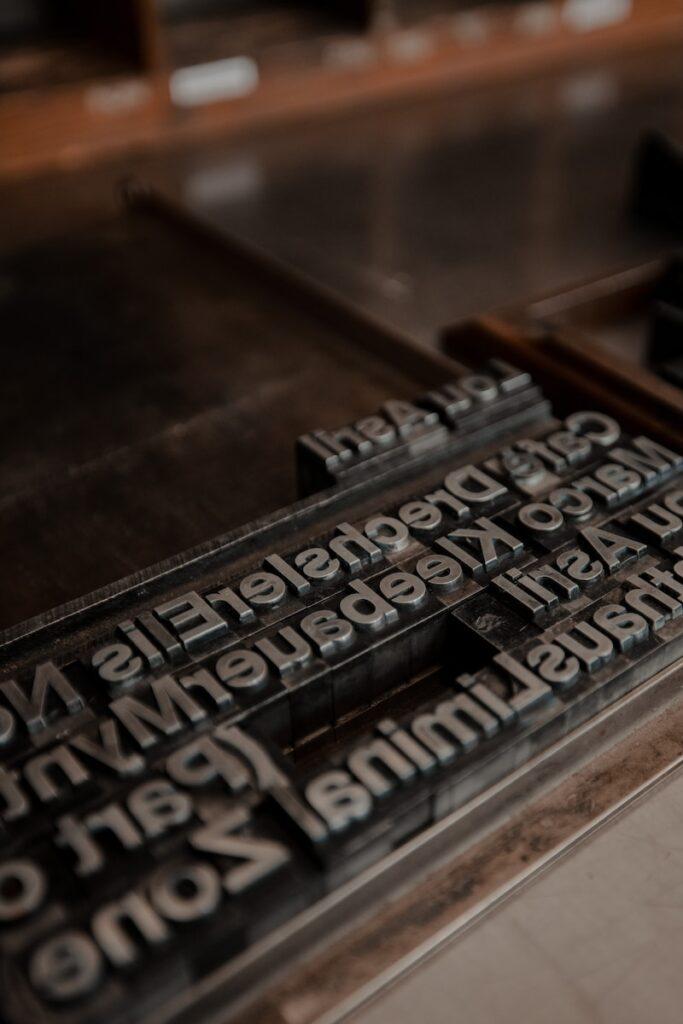Paper Orchid Stationery is reader-supported. When you buy through links on our site, we may earn an affiliate commission. Learn more.
If you’re familiar with letterpress printing, you’ve probably heard of embossing, debossing, and foil stamping. But what do these terms really mean? In this article, we’ll dive into the world of letterpress techniques and explore how each one can be used to add depth, texture, and visual interest to your designs.
What is Letterpress Printing?
Before we get into the specific techniques, let’s start with a quick refresher on what letterpress printing actually is. Letterpress is a form of printing that uses a press to transfer ink onto paper using a raised or recessed surface. Traditionally, metal or wood blocks with raised letters or designs were used, but today, photopolymer plates are more commonly used.

Embossing
Embossing is a technique that creates a raised design on paper by pressing it with a metal die or plate. The die or plate is heated and pressed into the paper, creating a three-dimensional effect. Embossing can be used on its own or in combination with other printing techniques to add texture and dimension to your designs.
Debossing
Debossing is essentially the opposite of embossing. Instead of creating a raised design, debossing creates a depressed or indented design on paper. Like embossing, debossing can be used on its own or in combination with other printing techniques to create a tactile and visually interesting design.
Foil Stamping
Foil stamping is a technique that adds a metallic or pigmented foil to paper or other materials. The foil is pressed onto the paper using a heated metal die or plate, leaving a shiny or matte metallic finish. Foil stamping can be used to add a touch of elegance and luxury to wedding invitations, business cards, and other printed materials.
Combining Techniques
One of the great things about letterpress printing is that you can combine multiple techniques to create truly unique and visually interesting designs. For example, you could emboss a design and then foil stamp it to create a metallic, raised effect.
Tips for Using Letterpress Techniques
- Keep your designs simple: Letterpress techniques work best with simple, bold designs that are easy to read and recognize.
- Choose the right paper: Thick, textured paper is ideal for letterpress printing, as it allows the techniques to create a more dramatic effect.
- Be mindful of color: Letterpress printing is limited to one or two colors, so choose your colors wisely to create the most impact.
FAQ
How much does letterpress printing cost?
The cost of letterpress printing varies depending on the complexity of the design, the number of colors used, and the quantity of prints ordered. It’s best to contact a letterpress printer directly for a quote.
Can letterpress printing be done on any type of paper?
While letterpress printing can be done on a variety of paper types, thick, textured paper is generally preferred to allow the techniques to create a more dramatic effect.
Is letterpress printing eco-friendly?
Letterpress printing can be eco-friendly, depending on the ink and paper used. Soy-based inks and recycled paper are both options that can help make letterpress printing more environmentally friendly.
Amazon and the Amazon logo are trademarks of Amazon.com, Inc, or its affiliates.